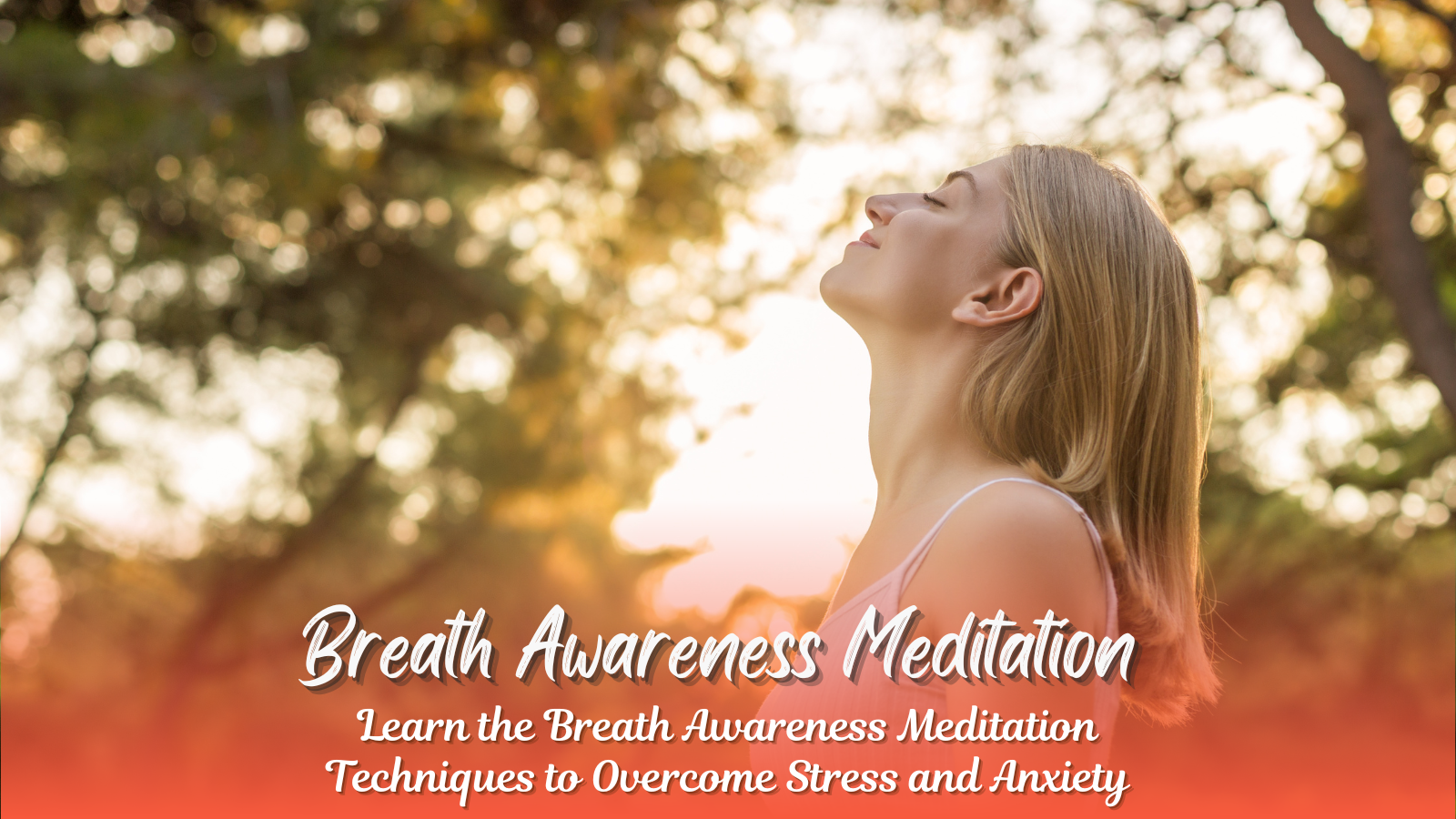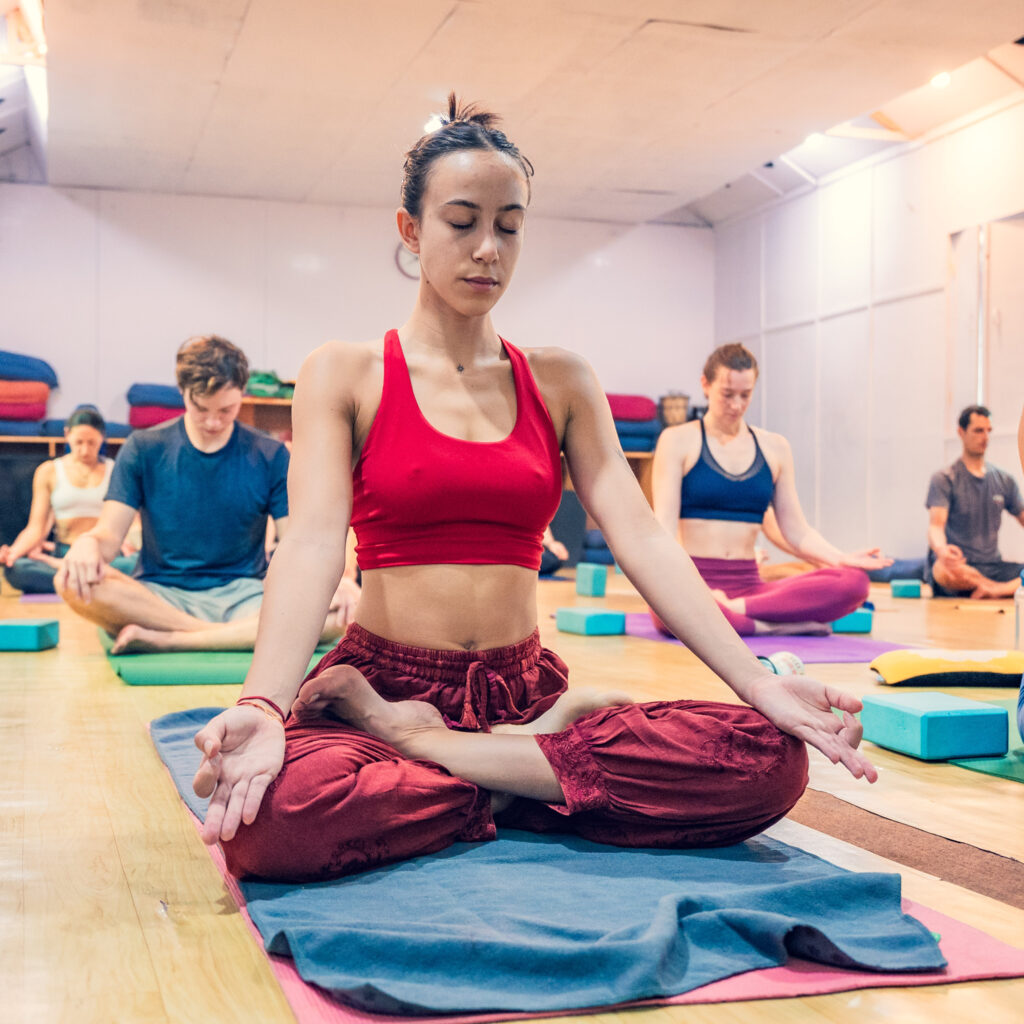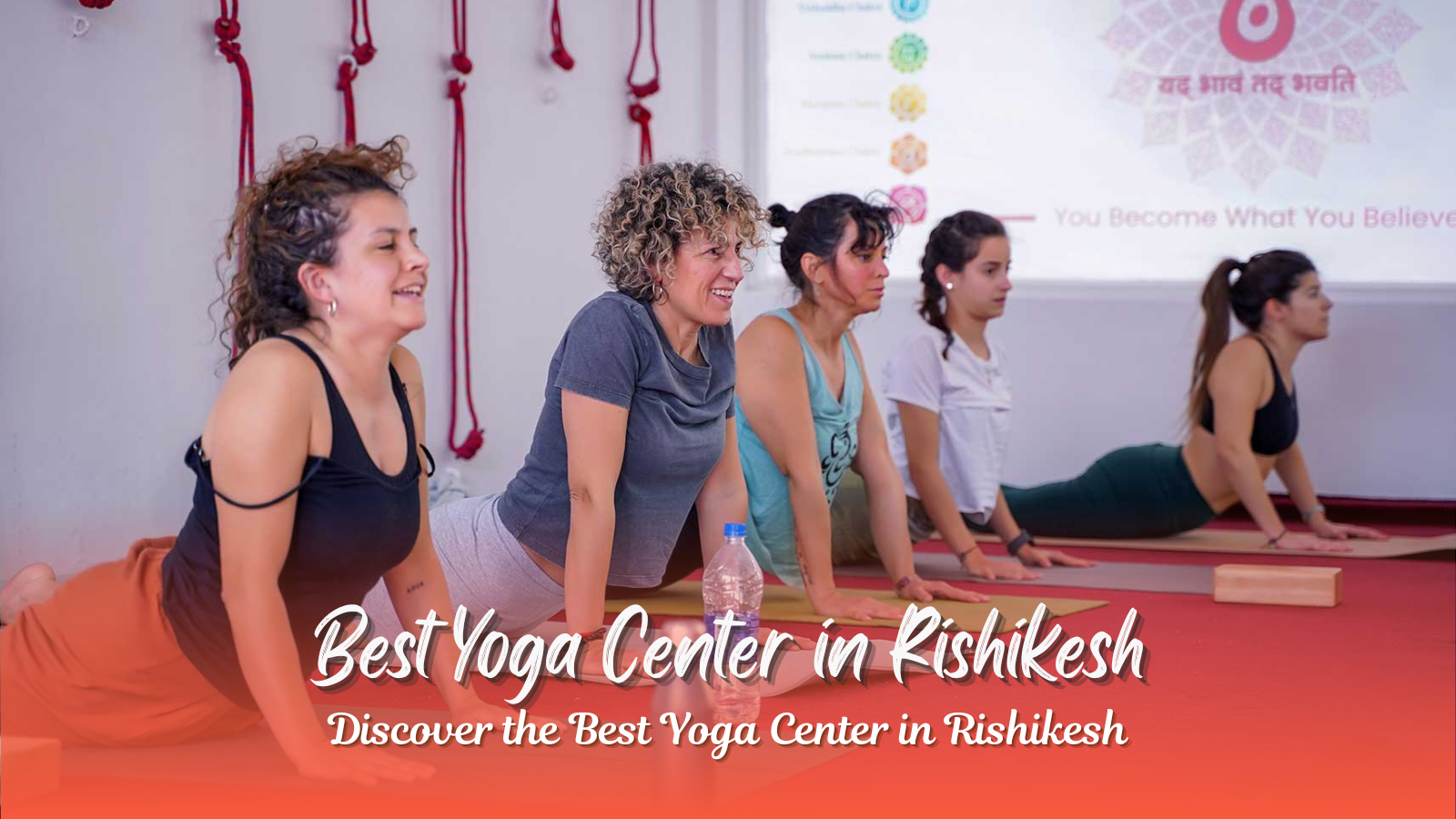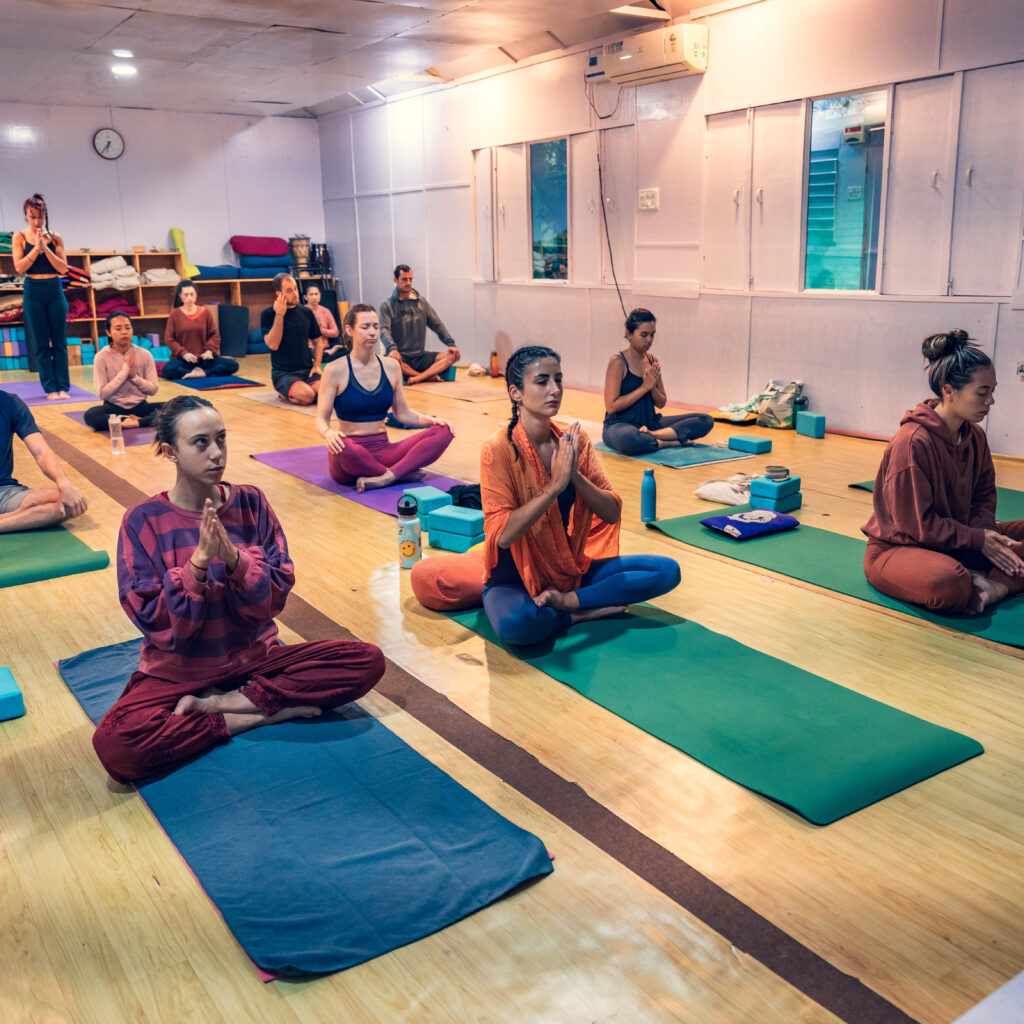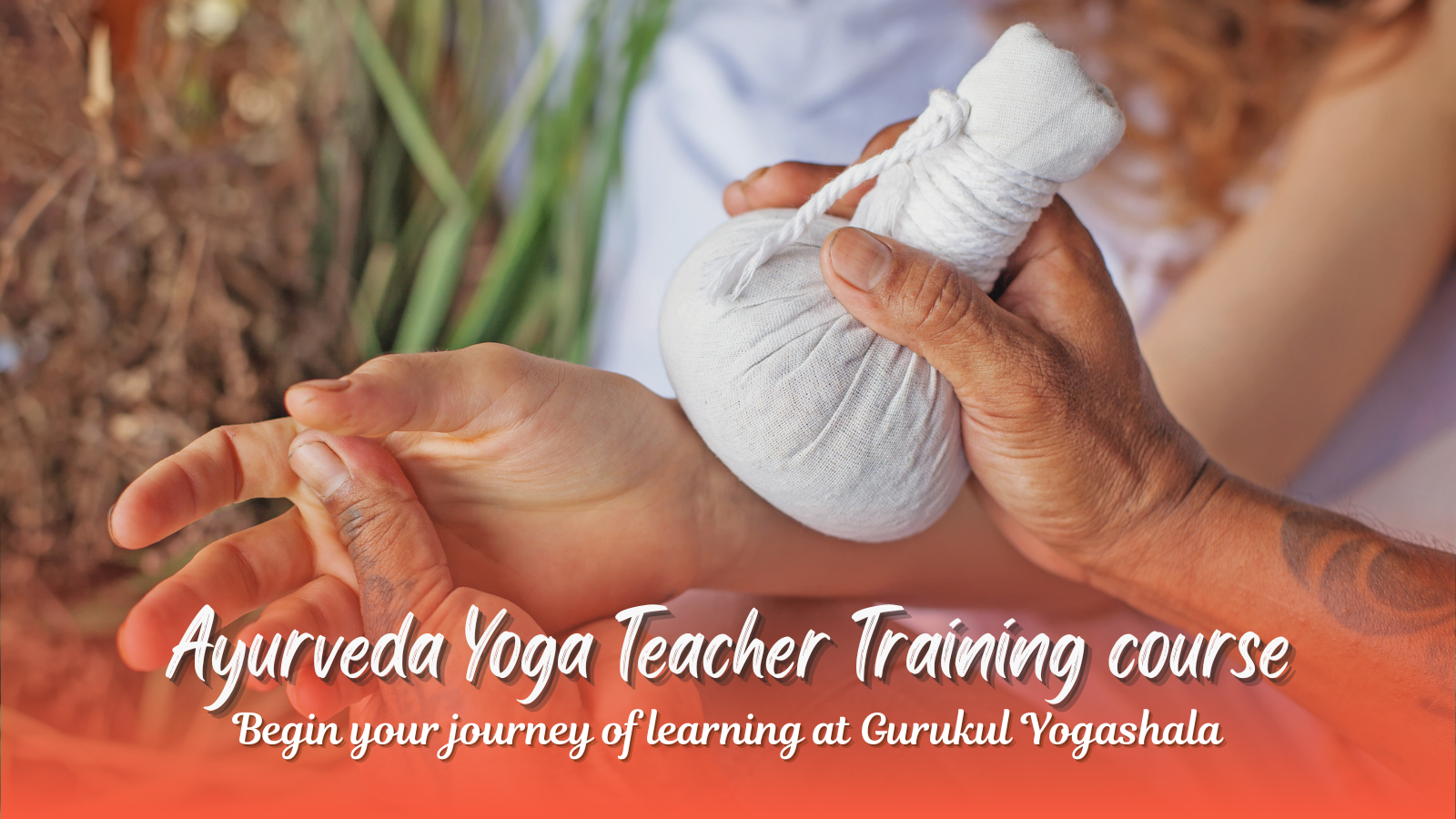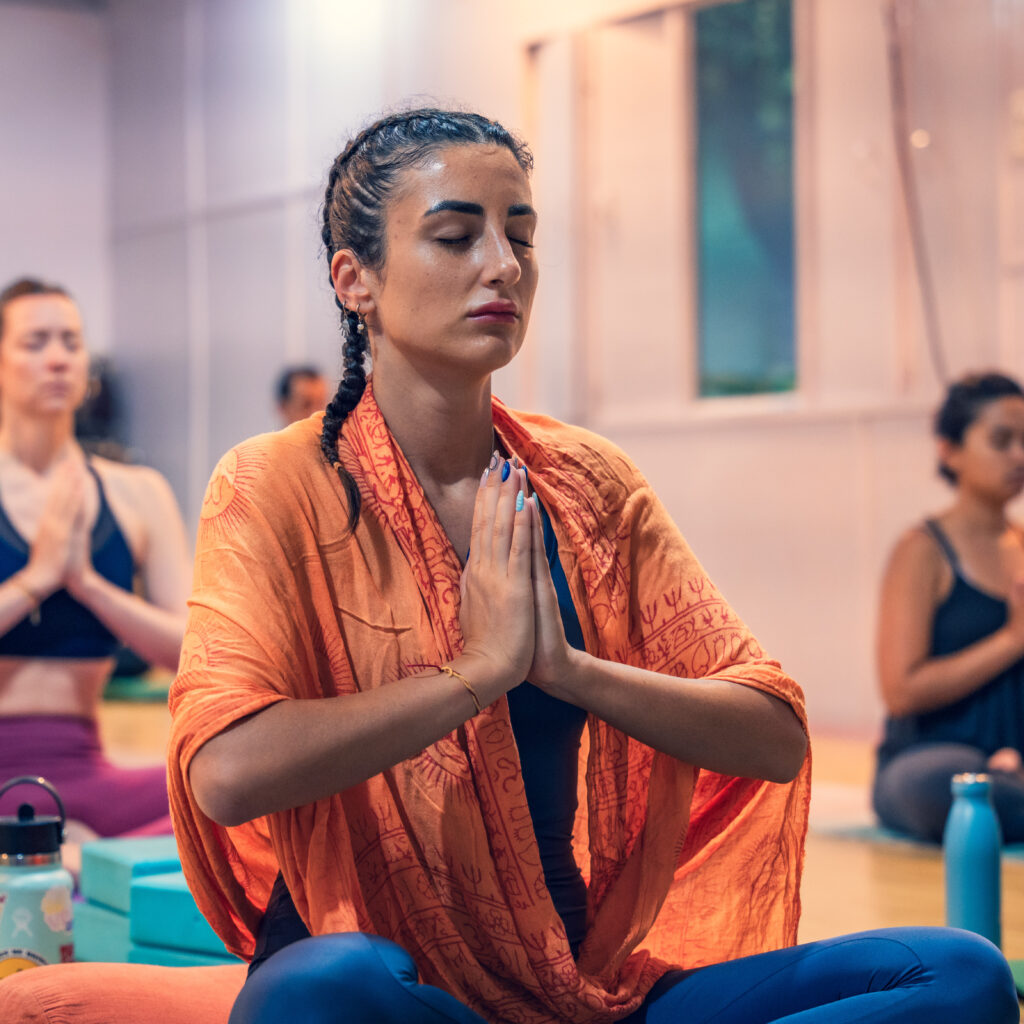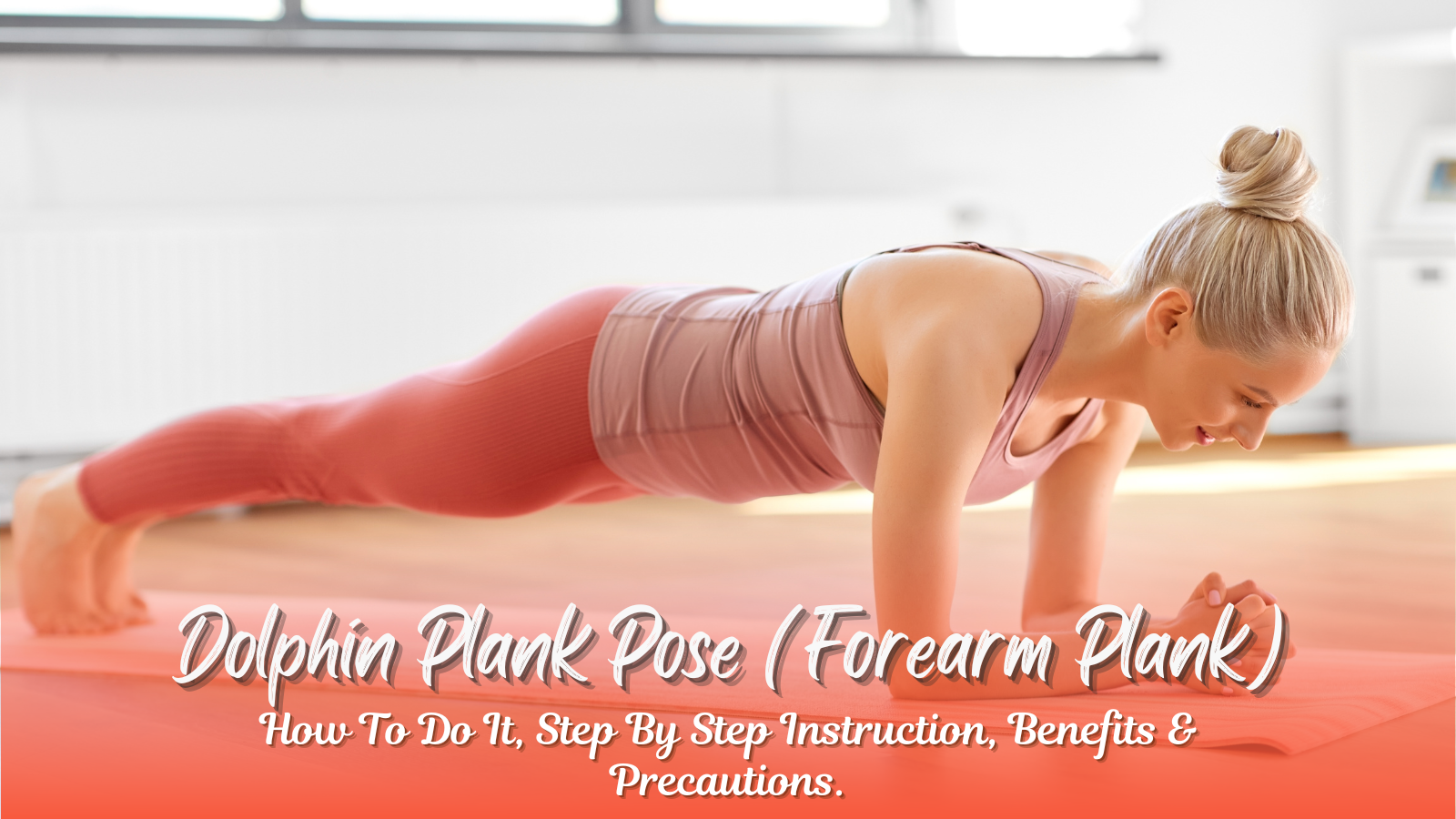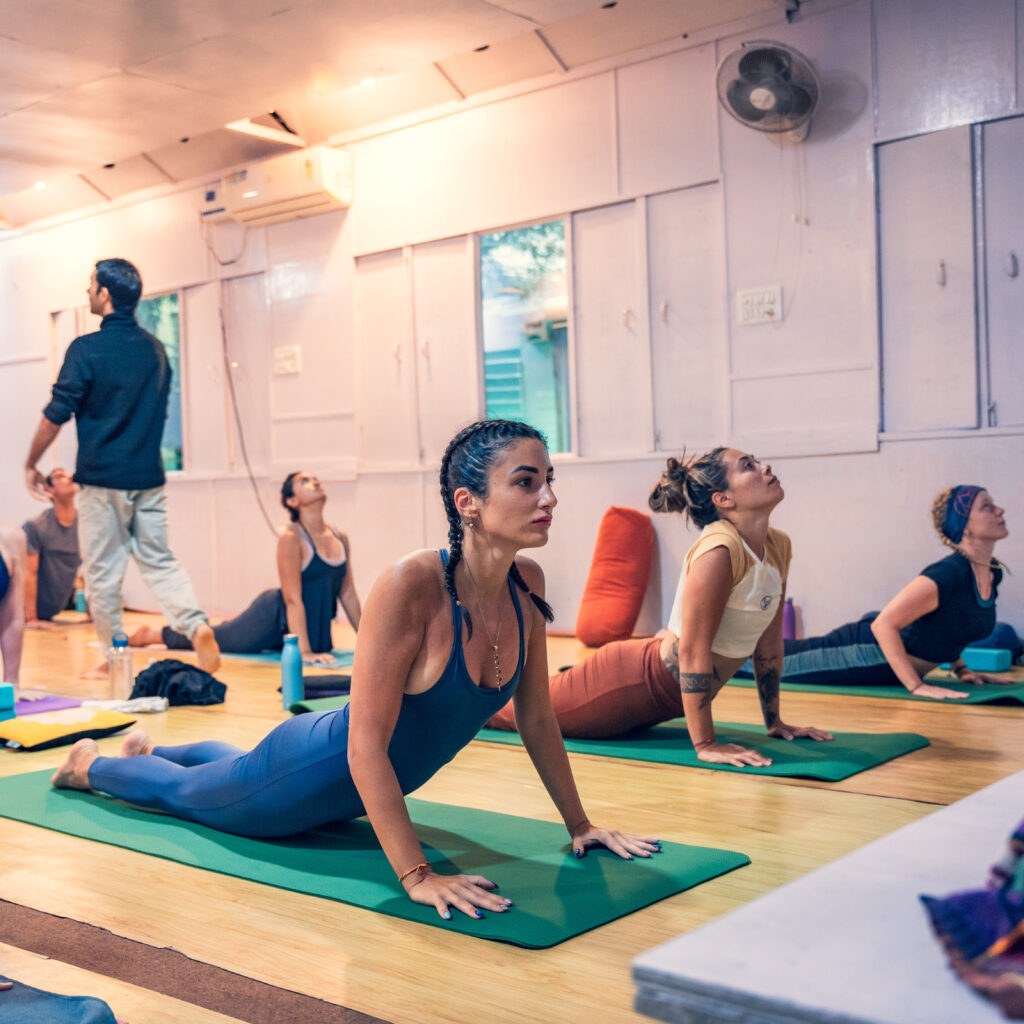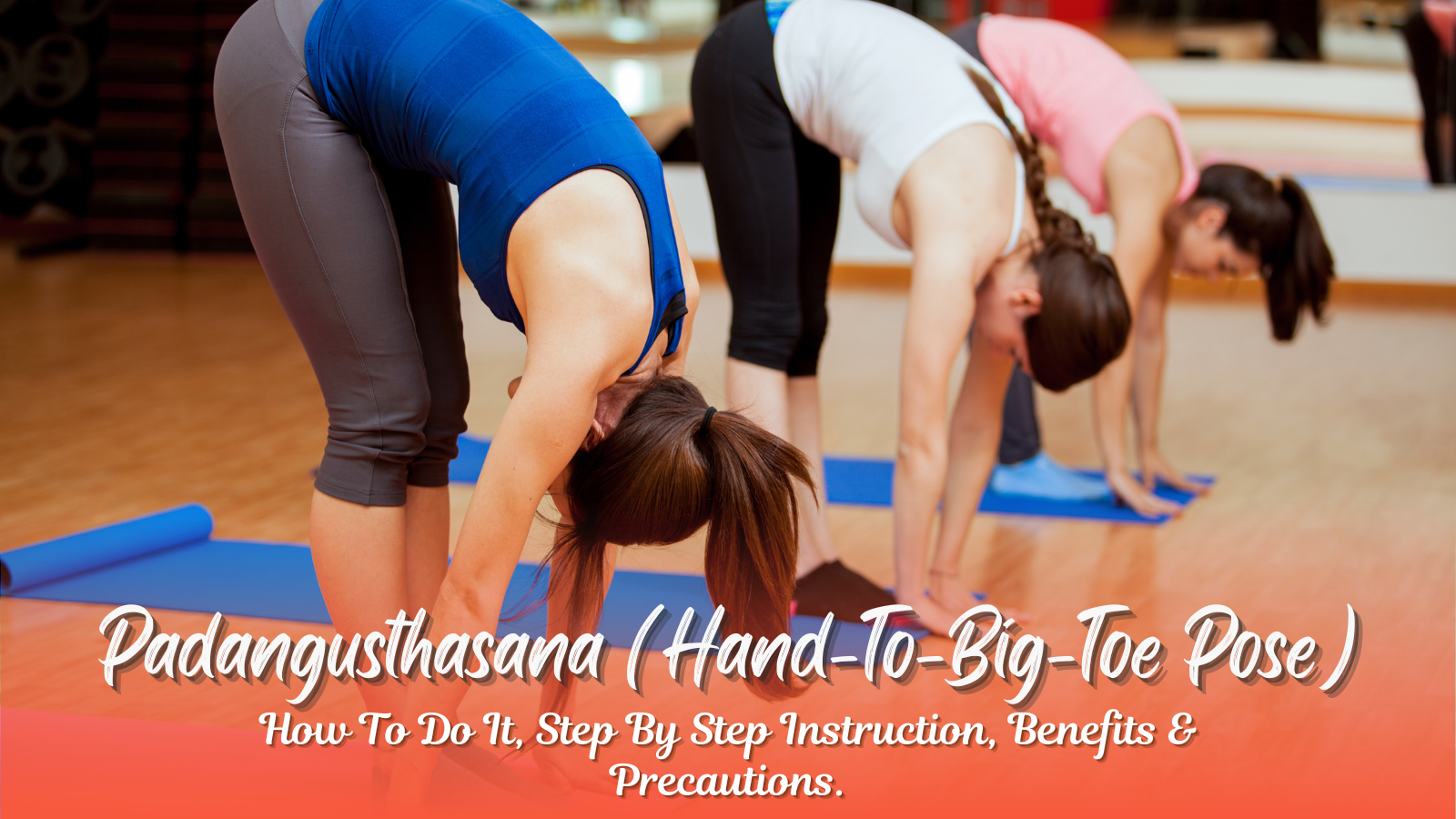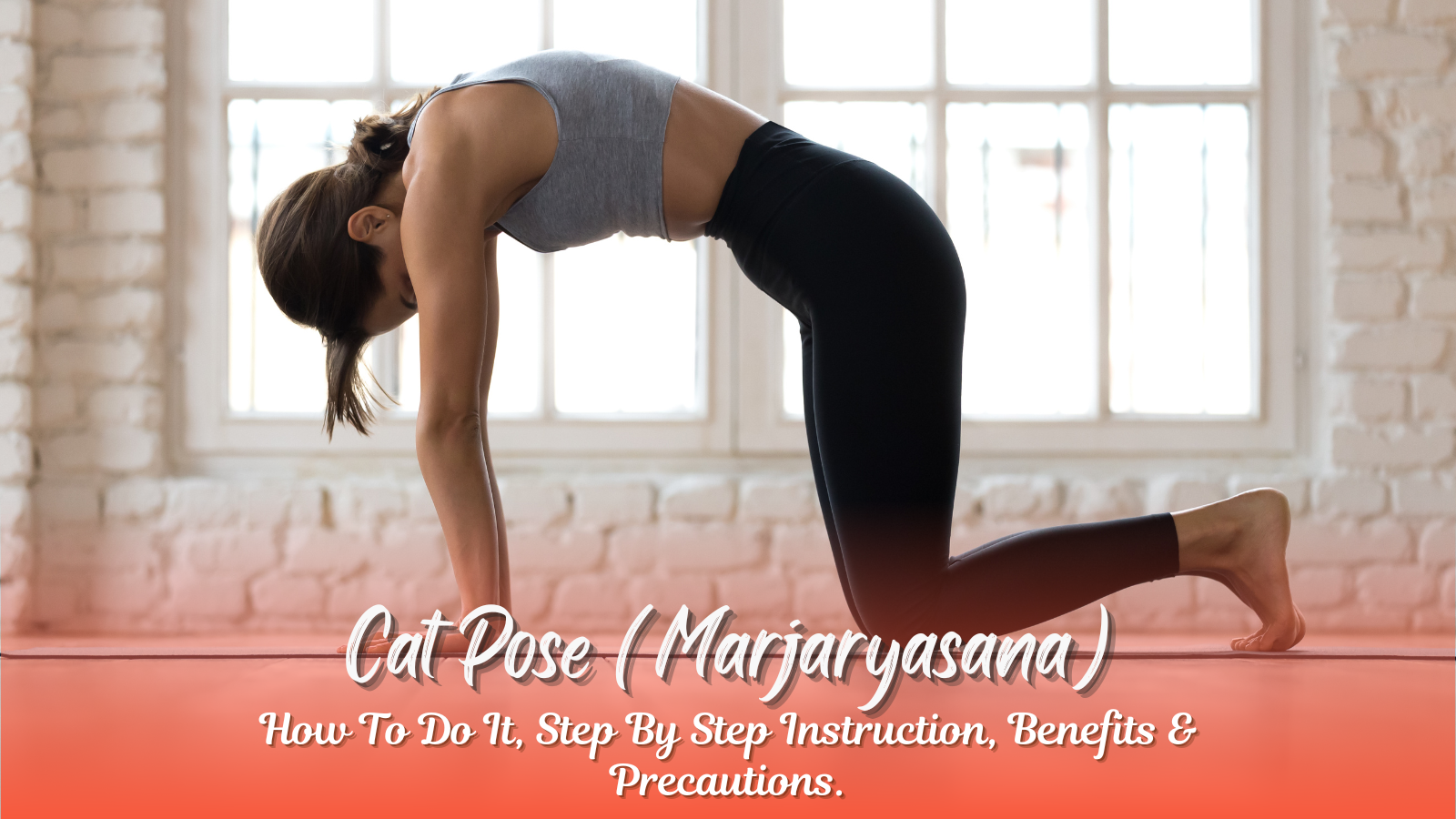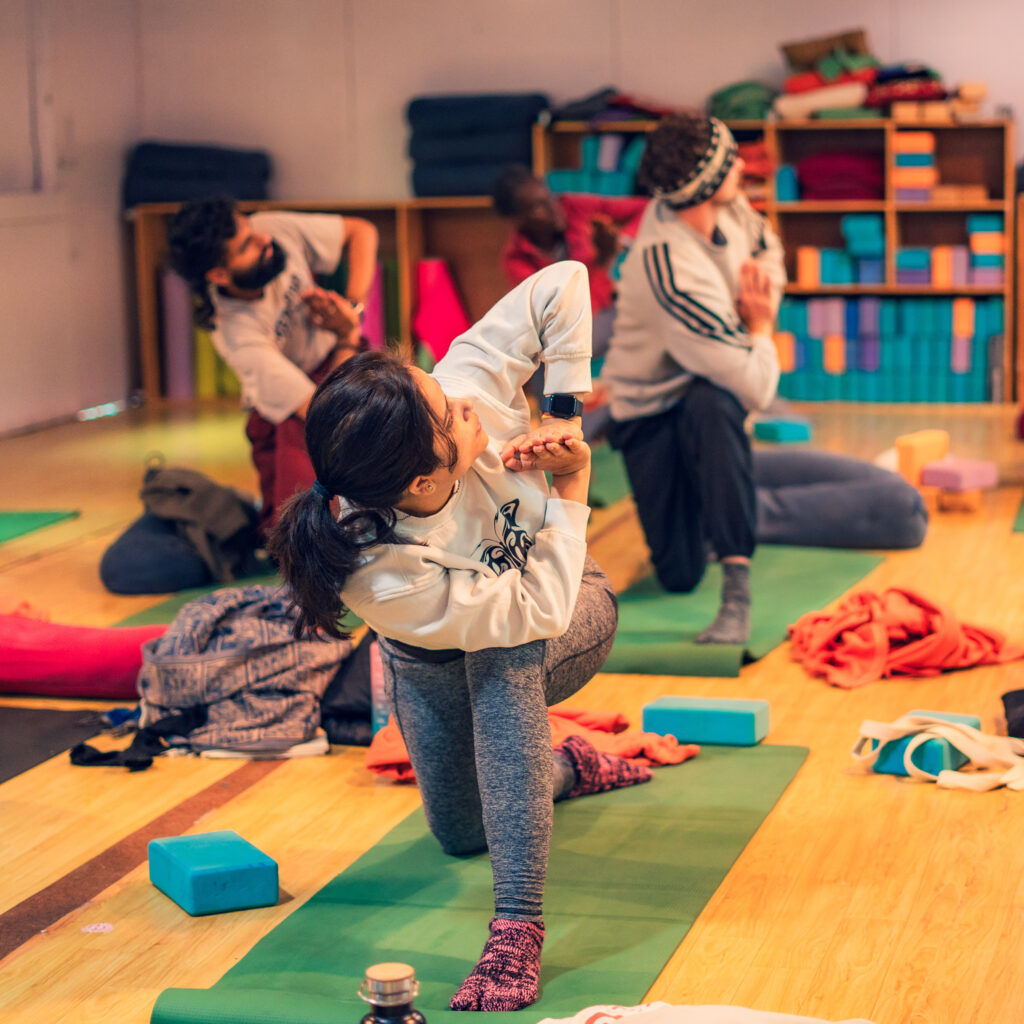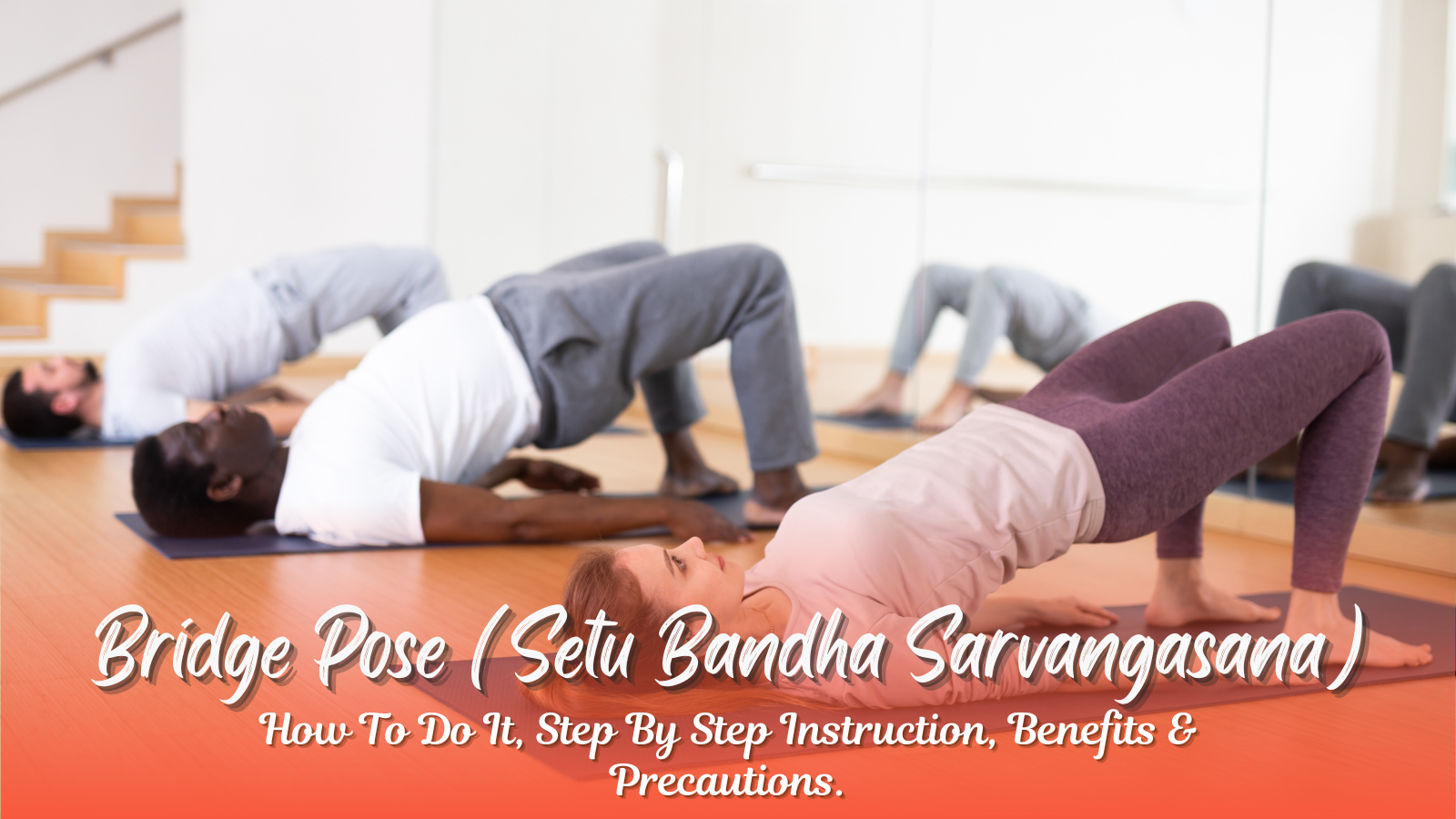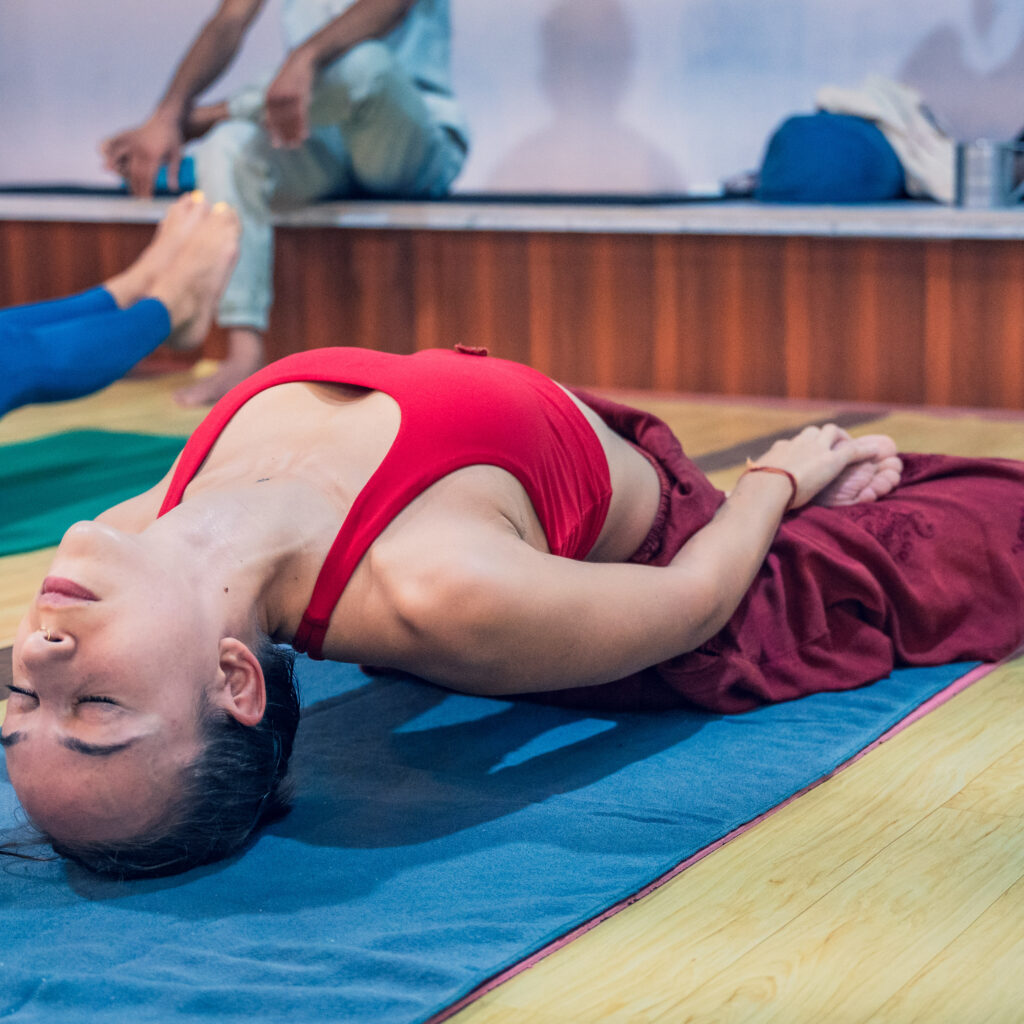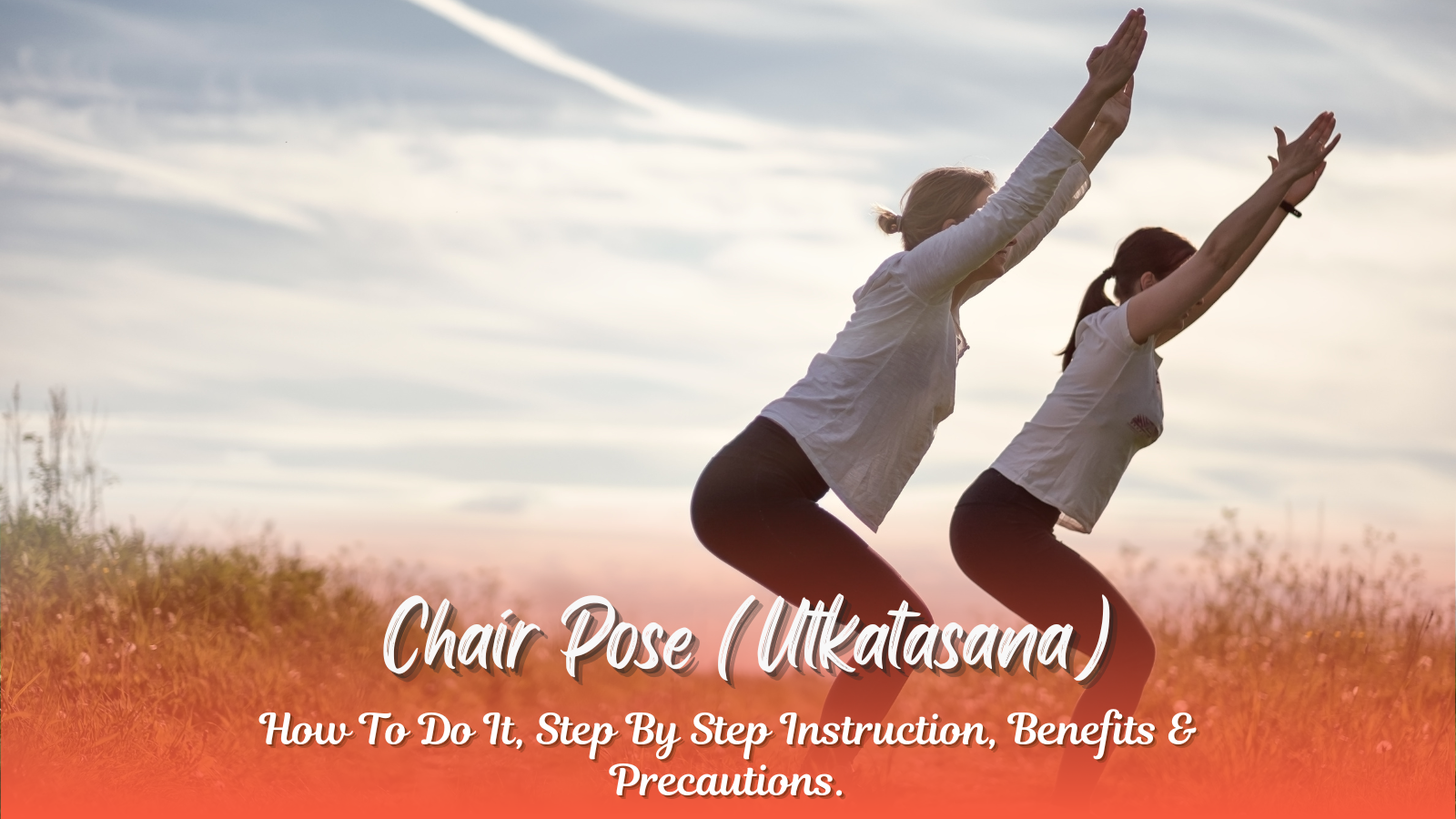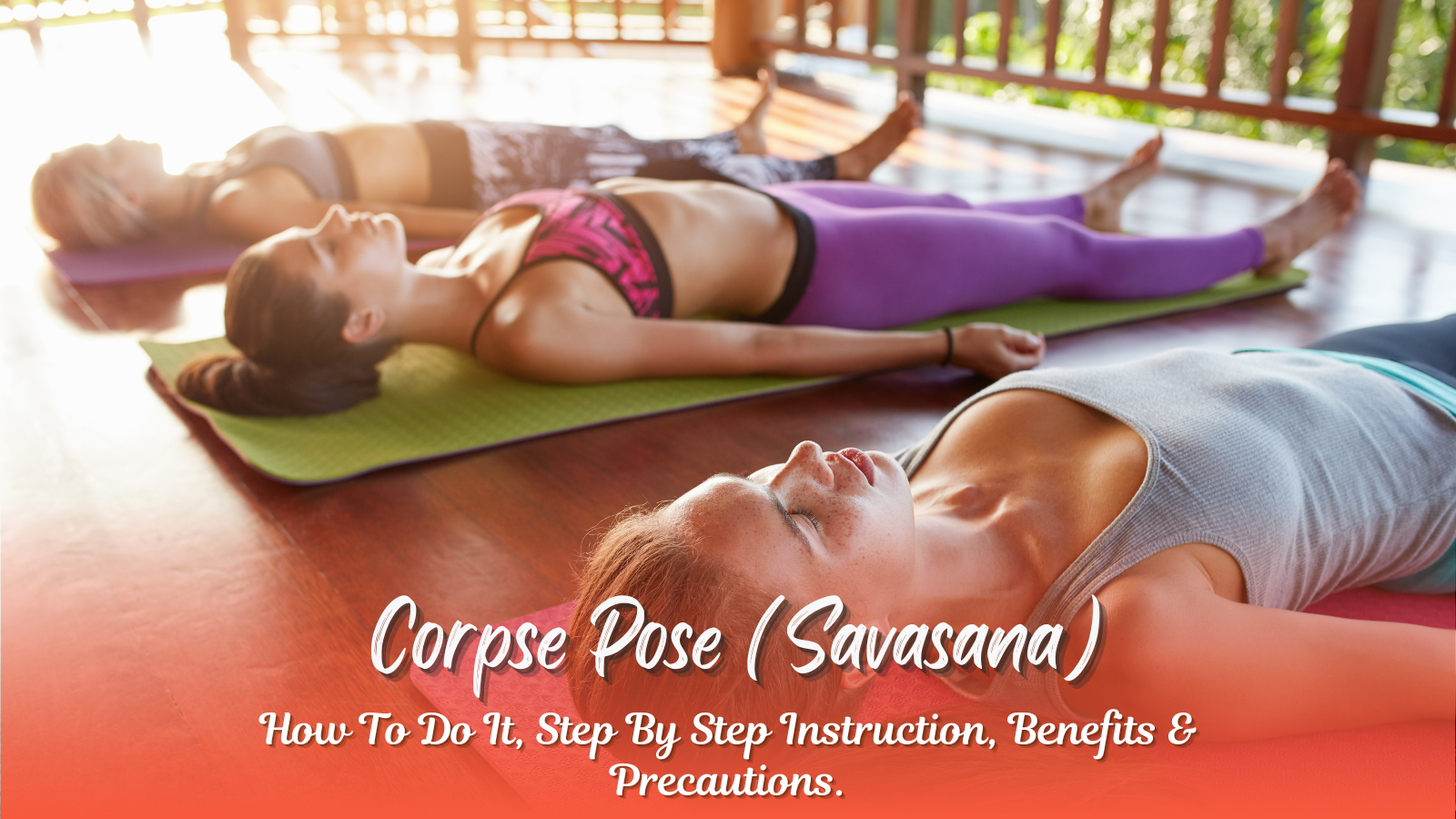Modern lifestyles often lead to unhealthy habits, which can result in increased weight, fatty liver, gastritis, high blood pressure, and other health concerns. Incorporating an Ayurvedic diet plan can offer a natural and effective solution. Rooted in ancient Indian practices, Ayurveda emphasizes the importance of balancing the body’s doshas and adopting personalized dietary habits.
This article explores the principles of an Ayurvedic diet plan, its benefits, and practical tips to integrate it into your lifestyle.
What is an Ayurvedic Diet Plan?
An Ayurvedic diet plan is a holistic approach to eating based on the principles of Ayurveda. It emphasizes natural, wholesome foods that balance the body’s three doshas (Vata, Pitta, and Kapha) and promote optimal health. The plan includes warm, easy-to-digest meals prepared with fresh and seasonal ingredients.
Benefits of an Ayurvedic Diet Plan
- Improved Overall Health
- Provides essential nutrients for the body and mind.
- Enhances energy levels and promotes a sense of well-being.
- Enhanced Digestion
- Prioritizes foods that are easy to digest, aiding in better absorption of nutrients.
- Reduces bloating and discomfort.
- Natural Detoxification
- Supports the body’s natural detox processes by eliminating toxins.
- Encourages consumption of cleansing ingredients like turmeric, ginger, and fresh vegetables.
- Personalized for Your Needs
- Customized based on your body type and health requirements.
- Suitable for specific conditions like fatty liver, gastritis, high blood pressure, and weight loss.
- Alignment with Nature
- Uses seasonal and natural ingredients for maximum benefit.
- Encourages mindful eating practices.
Creating an Ayurvedic Diet Plan
An Ayurvedic diet plan can be tailored to address specific health concerns:
- Ayurvedic Diet Plan for Weight Loss
- Incorporate foods that are light and easy to digest, like soups, steamed vegetables, and whole grains.
- Avoid processed and fried foods.
- Ayurvedic Diet Plan for Fatty Liver
- Focus on bitter and astringent tastes, such as leafy greens, turmeric, and fenugreek.
- Minimize heavy, oily, or overly sweet foods.
- Ayurvedic Diet Plan for Gastritis
- Include cooling foods like cucumber, coriander, and coconut water.
- Avoid spicy, acidic, or fermented items.
- Ayurvedic Diet Plan for High Blood Pressure
- Emphasize potassium-rich foods like bananas, beets, and leafy greens.
- Reduce sodium intake and opt for naturally sweet herbs and spices.
Tips for Following an Ayurvedic Diet Plan
- Eat Freshly Prepared Meals
- Avoid leftovers or processed foods.
- Opt for warm, freshly cooked meals.
- Follow a Fixed Eating Schedule
- Have meals at consistent times each day to support digestion.
- Mindful Eating
- Eat slowly and without distractions to enhance digestion.
- Hydrate with Warm Water
- Sip warm water or herbal teas throughout the day to aid digestion and detoxification.
- Include All Six Tastes in Every Meal
- Balance your meals with sweet, sour, salty, bitter, pungent, and astringent tastes.
Incorporating Ayurveda into Your Routine
To fully benefit from an Ayurvedic lifestyle, follow a structured daily routine:
- Prioritize Rest: Sleep between 10 p.m. and 6 a.m. to allow your body to recharge.
- Exercise Daily: Start with 15-20 minutes of yoga or brisk walking, gradually increasing to 45-60 minutes.
- Stick to Timelines: Schedule meals, workouts, and sleep to maintain consistency.
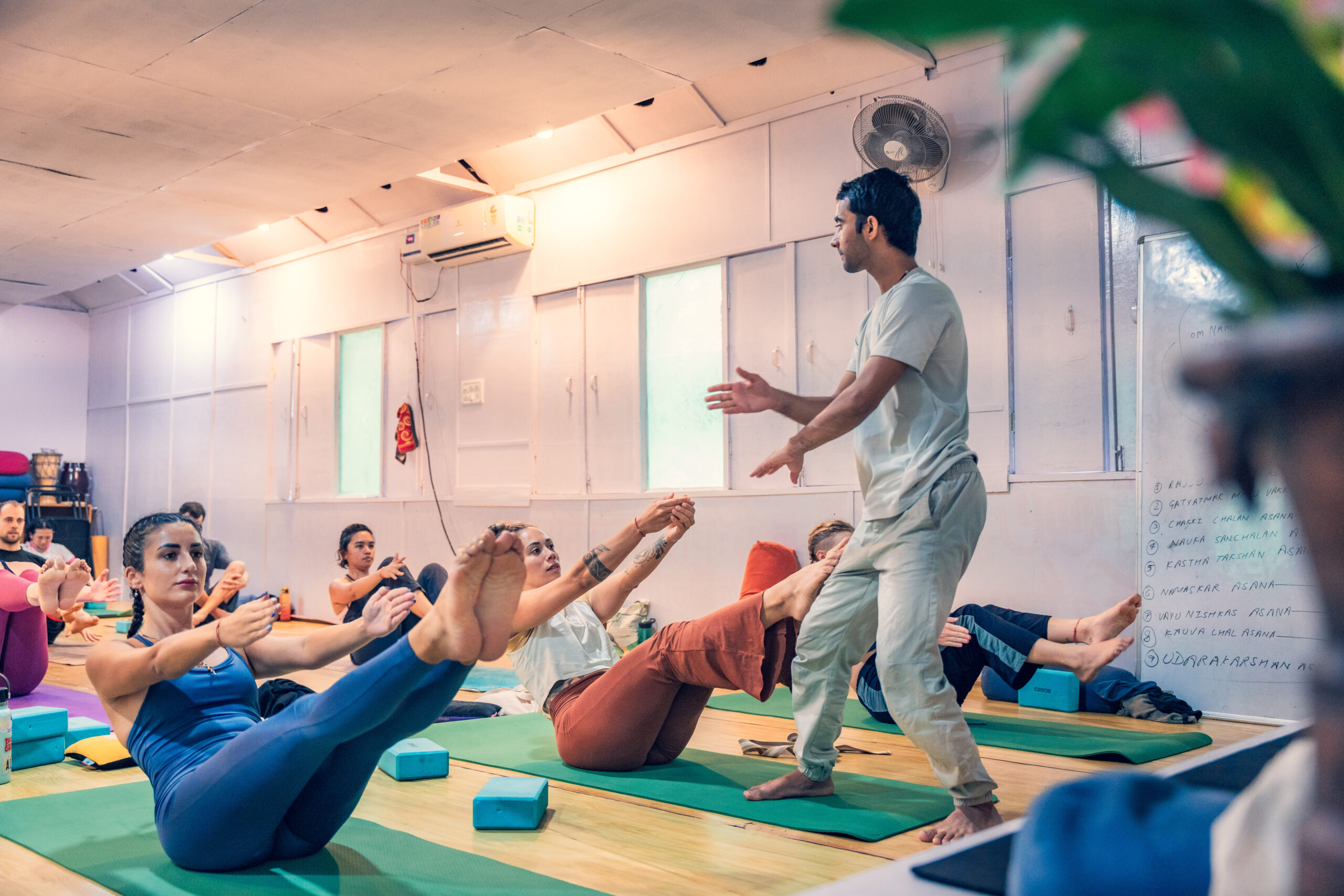
Yoga and Ayurveda: A Perfect Combination
To deepen your understanding of Ayurveda and yoga, consider joining the best yoga school in Rishikesh, Gurukul Yogashala. Our programs blend traditional Ayurvedic principles with yoga practices for holistic health.
We offer:
- 200-Hour Yoga Teacher Training Course in Rishikesh
- 300-Hour Yoga Teacher Training in Rishikesh
- 500-Hour Yoga Teacher Training in Rishikesh
Through these courses, you’ll learn how to integrate an Ayurvedic diet plan and yoga into your life for maximum wellness.
Why Choose Gurukul Yogashala?
- Expert Guidance: Learn from experienced instructors in a serene setting.
- Holistic Approach: Understand the synergy between yoga and Ayurveda.
- Comprehensive Curriculum: Courses designed for beginners and advanced practitioners.
Conclusion
An Ayurvedic diet plan offers a sustainable and natural approach to health, addressing specific conditions like weight loss, fatty liver, gastritis, and high blood pressure. Combined with yoga practices, it forms a powerful system to balance the body and mind.
Begin your journey to holistic wellness with Gurukul Yogashala, the leading yoga teacher training school in Rishikesh. Enroll in our courses and experience the profound benefits of Ayurveda and yoga.



